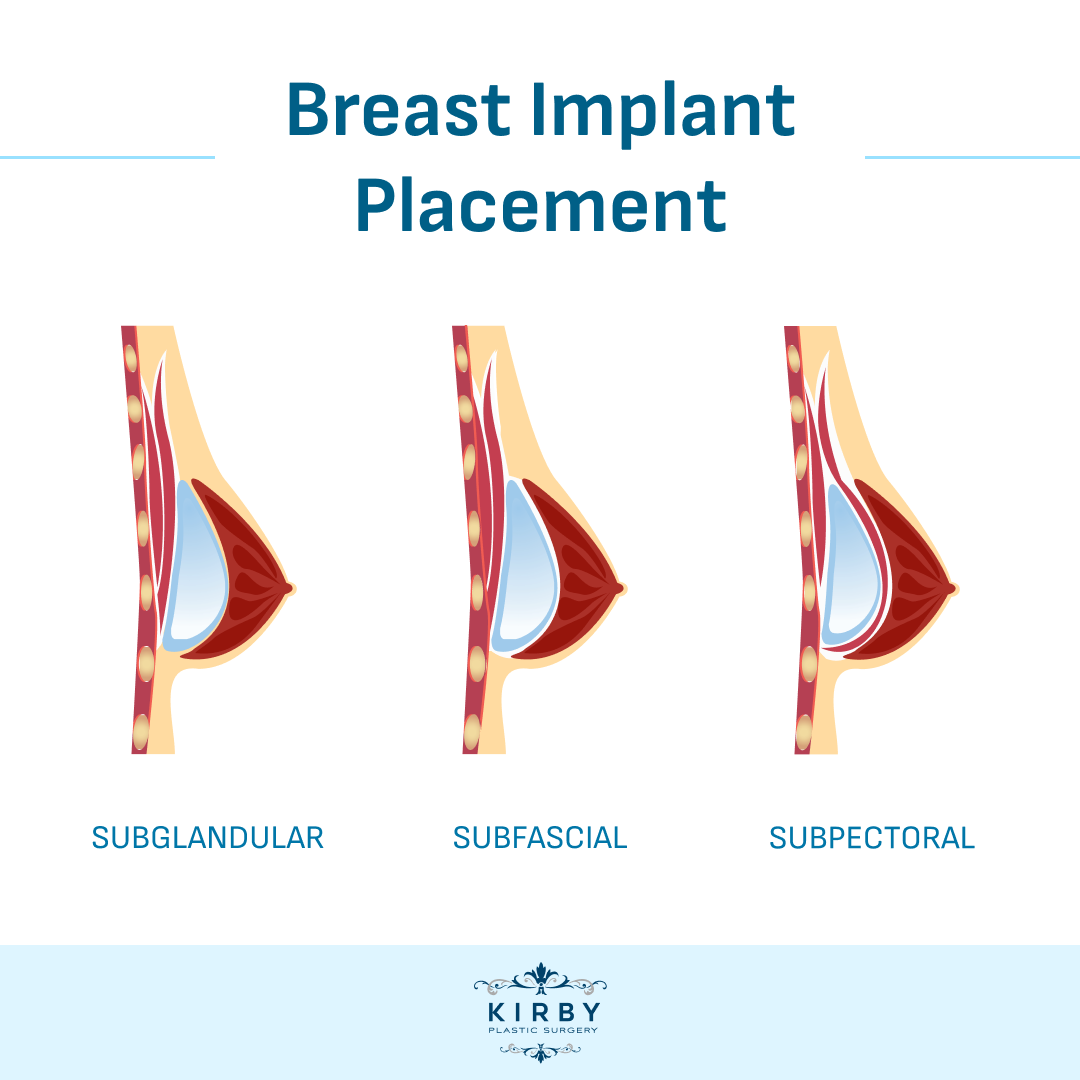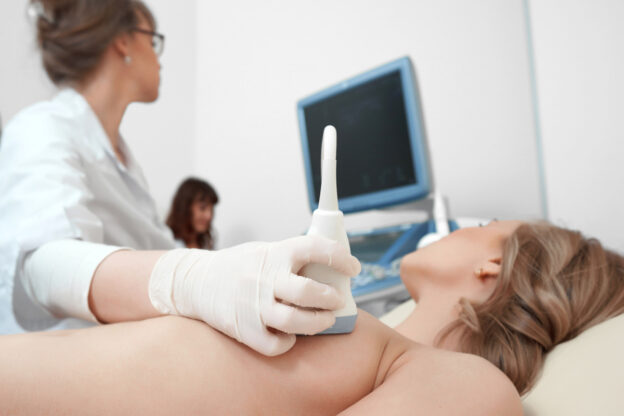Preservation Breast Augmentation: What is it, and is it right for you?

If you have yet to hear about preservation breast augmentation, it is what you may think—this technique preserves as much of your breast tissues as possible while providing the enhanced size and shape you desire. Still, it is a good idea to understand the nuances of the surgical technique to prepare for a conversation with your surgeon.
Preservation breast augmentation involves placing implants subfascially, or over the chest muscle, but under a thin muscle fascia layer, preserving the natural pectoralis muscle and its attachments.
What is preservation breast augmentation?
Preservation breast augmentation involves placing implants subfascially, or over the chest muscle, but under a thin muscle fascia layer. This preserves the natural pectoralis muscle and its attachments.

Why is subfascial breast implant placement more popular now?
Before modern, cohesive silicone implants were available, submuscular placement (under the pectoralis chest muscle) was considered the best approach, because it helped to hide visible implant rippling from saline implants and carried lower rates of capsular contracture than over-the-muscle placement “subglandular” (directly under the breast gland) implant position.
Placing implants subfascially is considered to be as safe as placing implants in the submuscular position, without the possibility of implant “animation.”
However, studies have now shown that subfascial placement has a safety profile similar to submuscular placement, reducing the risk of capsular contracture compared to subglandular placement. Although submuscular placement effectively conceals more of the implant, it carries a few potential drawbacks: it requires a longer recovery, and the implant shape can be affected when chest muscles are activated (leading to “animation” of the implant). A very tight, well developed muscle can also pull the implant into a higher position for a longer period of time. This is especially true if a patient is heavily hand-dominant on one side.
For these reasons, many patients are now considering over-the-muscle—but under the fascia, “subfascial”—breast implant placement.
Preservation breast augmentation is not a new technique, but many patients have been hesitant to consider this option if they have thinner breast tissue due to concerns about a more obviously augmented look and feel.
Many of our patients recover quickly without any narcotic pain medication, thanks to subfascial implant placement and Dr. Kirby’s rapid recovery protocols.
Silicone-gel based implants, like Motiva implants or others, may be ideal for preservation breast augmentation; their highly cohesive, viscoelastic gel mimics natural breast tissue, so patients can choose over-the-muscle placements without compromising a soft feel and natural-looking results.
Subfascial implant placement, along with Dr. Kirby’s rapid recovery protocols after breast augmentation, make for a quicker recovery. Most patients feel they do not need any narcotic pain medication.
Video: Dr. Kirby Explains Subfascial Breast Augmentation
Video Transcript »
When we place an implant in the chest, historically we used to place the implant under the pectoralis muscle for safety reasons. What we’ve done more recently is actually gone back to an older technique above the muscle, but it is a special plane of augmentation that is actually under the fascia of the muscle. This is not sub glandular above the muscle, it’s actually called subfascial under the fascia. In this plane of augmentation, we find really the benefits of both planes of augmentation. We get the safety profile as if it is under the muscle but we also have the benefit of not distorting the breast implant with the muscle itself.
If you are in the Fort Worth area, Board-Certified Plastic Surgeon Emily J. Kirby, MD is one of the few plastic surgeons in Fort Worth specializing in aesthetic and reconstructive breast surgery, and she brings a unique perspective and expertise to her work. To schedule a consultation with Dr. Kirby, call 817-292-4200.


